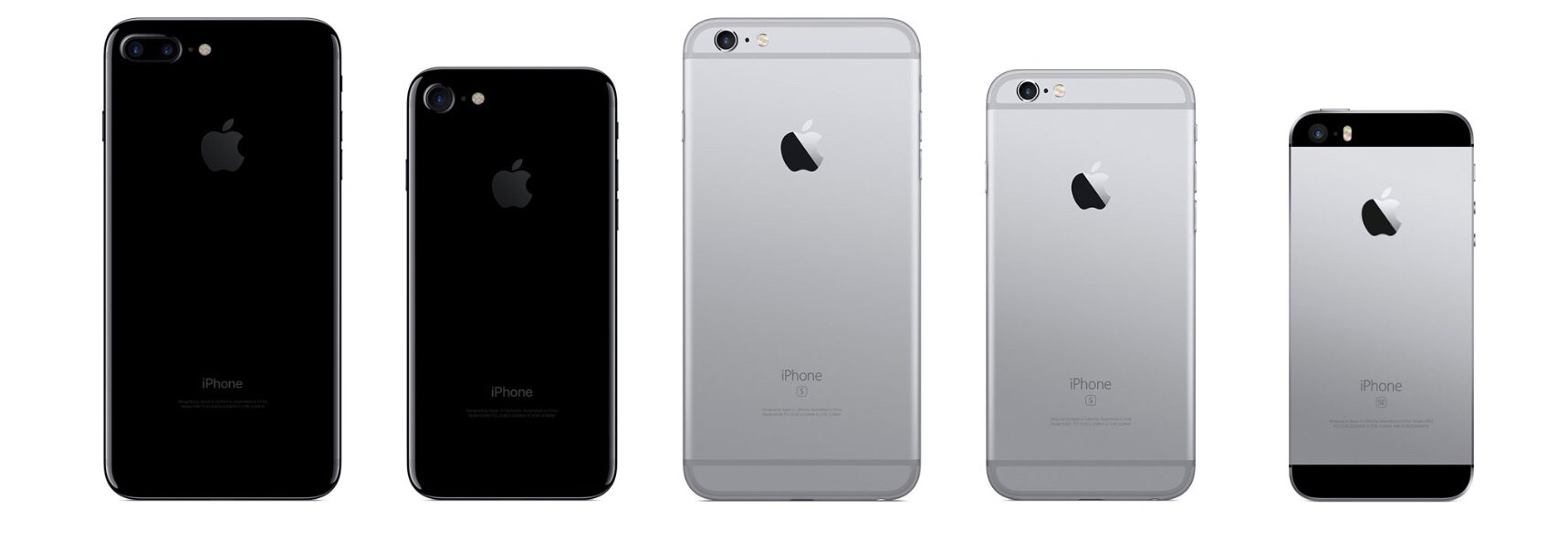„Speculation Regarding the Pricing of and Strategy Behind This Year’s New iPhones“

If you want to argue that Apple should never create an iPhone with a higher starting price than what we have today, you’re implicitly arguing that Apple should never put any components into a new iPhone that can’t be made at iPhone 7’s scale. I think that’s dangerous strategically, leaving Apple open to attack from competitors making premium phones with components (cameras, displays, new sensors, new battery technologies, etc.) that can only be produced in single-digit millions per quarter.
On the other hand, without question, this “new premium tier” strategy that I’m suggesting poses its own significant risk for Apple. The mere existence of the new edge-to-edge OLED iPhone could dampen excitement for the iPhone 7S and 7S Plus, leading to a decrease in overall sales. “I don’t want a 7S because it’s boring, but I don’t want to spend $1,200 on an iPhone Pro/Edition because that’s too much for a phone, no matter how nice it is.” That sentiment could be trouble for Apple.
Das alles ist kein „Was-wäre-wenn“-Szenario mehr. Das iPhone 7 Plus setzt sich mit seiner zweiten Kamera bereits heute vom iPhone 7 ab. Es ist kein Zufall, dass nur das Plus-Modell die zweite Kamera bekam, sondern eine bewusst abgrenzende Zusatzfunktion (die gleichzeitig teurer ist).
Gleiches gilt fürs iPhone SE, das teilweise zu einem Straßenpreis von 300 Euro gehandelt wird und Apples iPhone-Portfolio nach unten erweitert.
Apples nächste Telefongenerationen werden den Trend zu einer breiter aufgestellten Produktpalette nicht zurückspulen, sondern fortsetzen. Die Zeiten, in denen jeder das gleiche iPhone-Modell gekauft hat (unabhängig von Bildschirmgröße, Speicher und Farbe), sind vorbei.